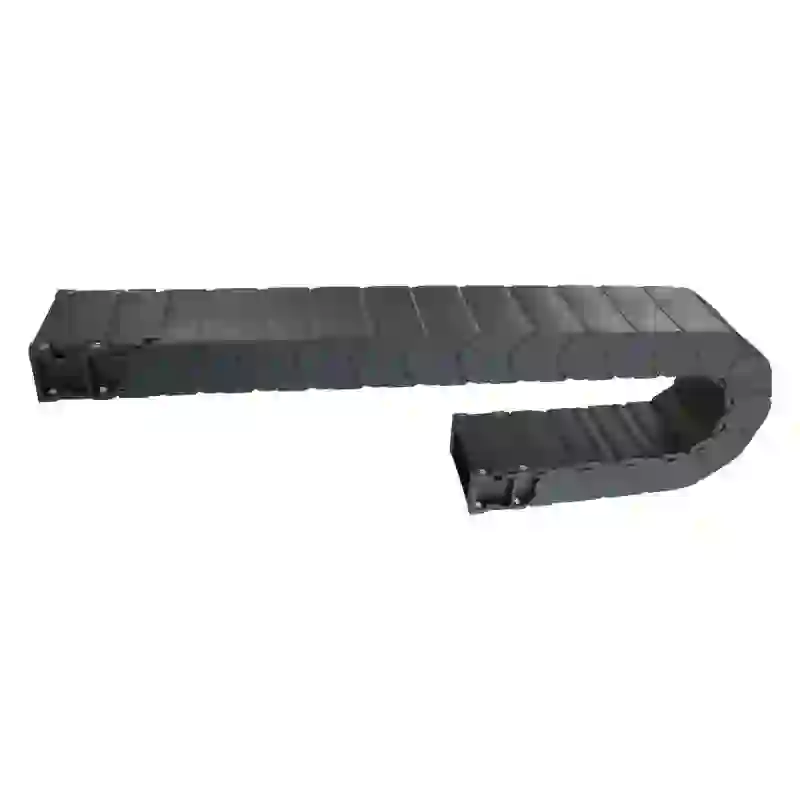cable & hose carriers
Understanding Cable and Hose Carriers A Comprehensive Overview
In today’s industrial landscape, efficiency and organization are paramount. One of the crucial components that contribute to a well-structured workspace, especially in settings where machinery operates, are cable and hose carriers. These systems are designed to manage, support, and protect electrical cables and fluid hoses, ensuring safety and accessibility.
What are Cable and Hose Carriers?
Cable and hose carriers, often referred to as energy chains or drag chains, are innovative systems used to guide and protect cables and hoses in motion. They are vital in countless industries, including manufacturing, robotics, automotive, and aerospace. These carriers provide a channel that allows various cables and hoses to move seamlessly with machinery without tangling, pinching, or incurring damage.
Importance of Cable and Hose Carriers
1. Safety The primary function of cable and hose carriers is to enhance workplace safety. With proper management of cables and hoses, the risk of tripping or accidental disconnection is minimized. They prevent wear and tear on connections and reduce the likelihood of electrical malfunctions or fluid leaks.
2. Organization A well-organized workspace is essential for efficiency. Cable carriers keep cables and hoses neatly arranged, making it easier to maintain equipment and troubleshoot issues as they arise. This organization is crucial in facilities with extensive networking and machinery, where clutter can lead to operational inefficiencies.
3. Mobility In applications requiring dynamic movement, such as CNC machines, automated assembly lines, and robotic setups, cable and hose carriers allow for free motion while safeguarding the integrity of the cables and hoses. They are designed to provide smooth transitions, thereby reducing strain on the lines.
4. Durability Made from high-quality, resilient materials, modern cable carriers can withstand harsh environments, including extreme temperatures, chemicals, and heavy mechanical loads. This resilience contributes to their longevity, further enhancing the reliability of electrical and hydraulic systems.
Types of Cable and Hose Carriers
Cable and hose carriers come in various types to cater to different applications and industry needs
cable & hose carriers

1. Open Cable Carriers These provide easy access for installation and maintenance, making them ideal for environments where frequent changes or modifications to the cable setup occur.
3. Heavy-Duty Carriers Designed for heavy industrial applications, these carriers can support larger hoses and cables while withstanding substantial stress and weight.
4. Flexible Carriers For applications requiring high motion and flexibility, these carriers can bend and twist, allowing for more dynamic movement without compromising the structure of the cables inside.
Applications of Cable and Hose Carriers
Cable and hose carriers are utilized in diverse applications, including
- Manufacturing In factories where assembly lines are prevalent, these carriers facilitate the movement of robotic arms or automated machinery, contributing to efficiency in production processes. - Aerospace In aircraft manufacturing and maintenance, cable and hose carriers are essential for managing the extensive amount of wiring and hydraulic lines in a safe and organized manner.
- Automotive In automotive assembly plants, these systems ensure that various cables and hoses are systematically routed alongside moving parts, thereby enhancing the speed and efficiency of assembly processes.
- Mining and Heavy Equipment In extreme conditions, cable and hose carriers protect critical systems in heavy machinery from damage due to vibrations, shocks, and environmental factors.
Conclusion
In summary, cable and hose carriers are crucial components in modern industrial settings. Their ability to enhance safety, improve organization, provide mobility, and offer durability makes them indispensable in a range of applications. As industries continue to evolve, the role of cable and hose carriers will only grow more significant, promoting smoother operations and contributing to the overall efficiency and productivity of the workplace. By investing in quality cable and hose carriers, businesses can ensure the reliable performance of their machinery and tools, paving the way for long-term success.








